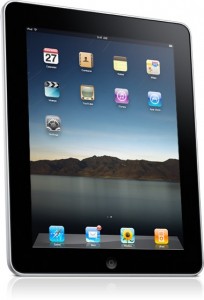Apple, Blackberry, Dell, HP, Lenovo, Motorola, Panasonic, Sony, Toshiba and other consumer electronics companies can be less unsustainable than their competitors and less unsustainable tomorrow than they are today. However, given:
- The state of the art in manufacturing,

- Electronics are made with designs that are supplanted before they wear out, and
- Recycling consumer electronics is expensive and releases toxins,
the consumer electronics industry can not, almost by definition, be “Sustainable.” For what they need to do, click beneath the fold.
- Design products in environmentally neutral facilities, powered by clean, renewable energy.
- Manufacture the products in environmentally neutral facilities.
- Use 100% biodegradable packaging.
- Manufacture the products out of easily recyclable materials.
- Offset the carbon dioxide and other greenhouse gases released in shipping
- Pay employees a living wage.
- Verify that contract employees, including those in third world manufacturing houses are paid a living wage rather than a slave wage.
- And End the “Built In Obsolescence” / Consumer schtick.
The Apple iPad may point the way. The suicides at the Foxconn manufacturing plant in China, which also makes widgets for Dell, HP and others, nonwithstanding, the iPad has no moving parts, other than elementary particles, which are hard to keep stationary.
I use a 20-year old stereo and a 10-year old car. Development on the Newton platform started in 1987 and ended in 1998. You can still find them, used, and functioning. My 4-year old Blackberry works as well as it did when it was brand new. Why should the Blackberry or an iPad not last 20 years?
They would have to be upgradable in software via flash ROM. Apple would have to support it for a reasonable amount of time, but that’s a management decision, not a technical question.



